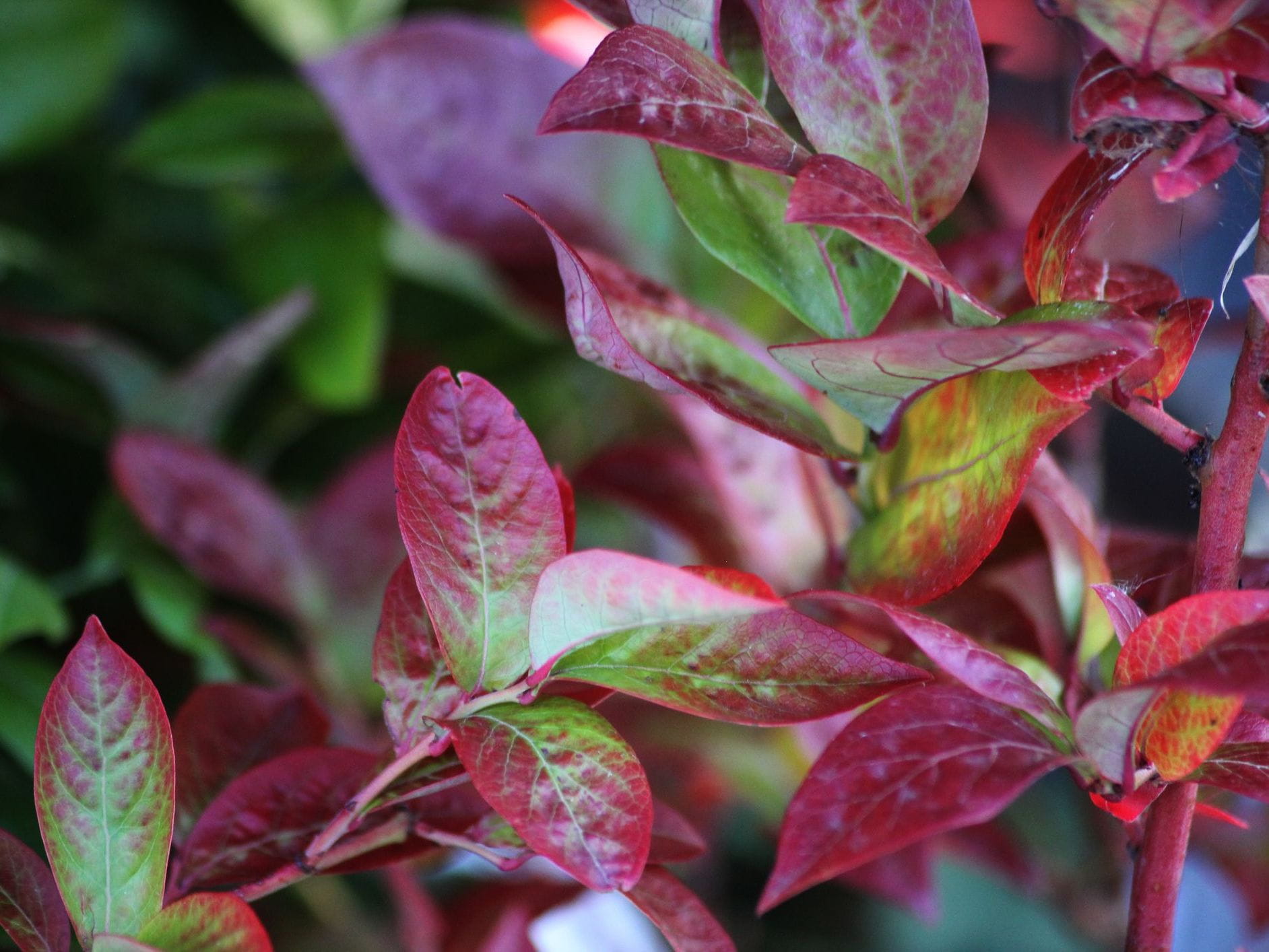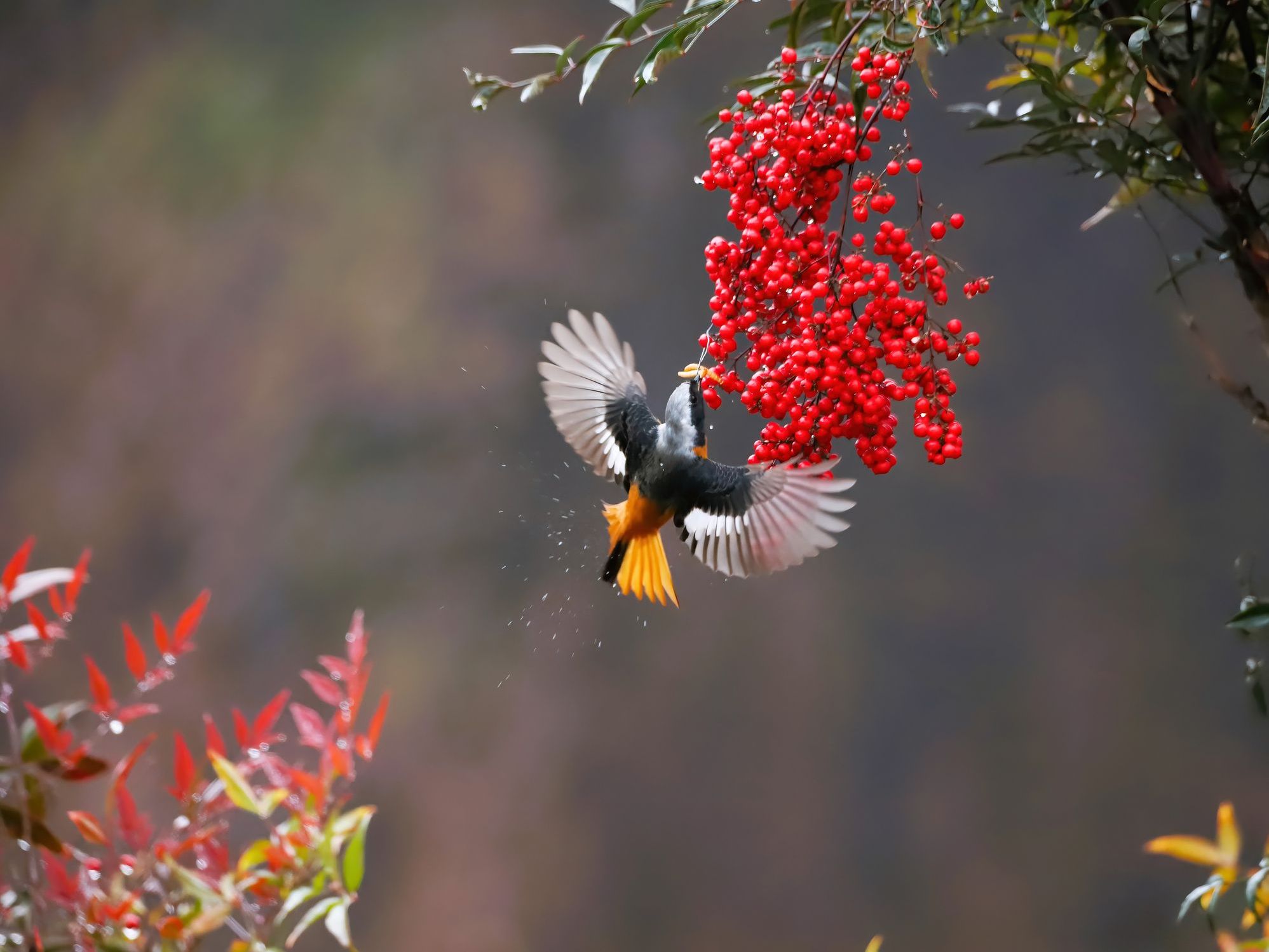What to Know About Nandina domestica - or "Heavenly Bamboo"

The Bottom Line
Nandina domestica (heavenly or sacred bamboo) is an ornamental shrub with attractive foliage and red berries. It is toxic to cats, dogs, birds, and grazing animals. It contains cyanogenic glycosides that produce cyanide when hydrolyzed in the digestive tract of these animals. The plant is considered non-toxic in humans. If swallowed, mild gastrointestinal effects are possible but uncommon.

What is Nandina domestica?
Nandina domestica is a perennial evergreen shrub. It is an ornamental plant with broad leaves and red berries. Sometimes called heavenly bamboo, sacred bamboo, or bamboo bush, it is native to Japan, China and India. Its nicknames are due to the appearance of the plant’s leaves and stems. The leaves are 1-2 inches long arranged along the middle vein, while the stems are tall, narrow canes – both characteristics that are similar to those of bamboo. However, the plant is actually in the Berberidaceae family, which is not the same family as bamboo. The shrub blooms in the spring; in late fall and winter, it has red berry clusters.
Are Nandina domestica berries poisonous to humans?
Nandina is considered non-toxic to humans. If a plant part is swallowed vomiting, abdominal pain, diarrhea, and nausea are possible but uncommon. You will most likely not develop any toxicity. However, Nandina domestica is toxic to cats, dogs, grazing animals, and birds.
Are other parts of the Nandina domestica plant poisonous?
Yes. All parts of the plant are poisonous. The plant contains cyanogenic glycosides that produce cyanide when they are broken down in the digestive tract. The leaves and green fruits are strongly cyanogenic, while the ripe fruits are less so. Interestingly, human poisonings have not been reported, possibly due to the small glycoside content in ripe berries, small amounts ingested, or the cultivated varieties of this plant.
Can Nandina domestica be absorbed into your skin?
Nandina domestica is not absorbed into your skin. Since the cyanogenic glycosides need to be broken down in the gastrointestinal tract to be toxic, getting a part of the plant on your skin will not result in toxicity.
Are Nandina domestica plants invasive? Are they safe to plant outside my home?
Nandina plants are considered invasive in the US. Therefore, its cultivation is discouraged in some states such as in the southeastern US, Maryland, and Texas.
Questions about a potential Nandina domestica poisoning?
Nandina is not considered toxic in humans but can be toxic to pets. If you have any concerns about this plant, help from experts is available through the webPOISONCONTROL online tool and by phone at 1-800-222-1222. Poison Control’s expert guidance is always free, confidential, and available 24 hours a day.
Wendy Klein-Schwartz, Pharm.D., MPH
Clinical Toxicologist
Poisoned?
Call 1-800-222-1222 or
Prevention Tips
- Know the names of all your plants and shrubs both indoors and outdoors.
- Keep children from playing near plants and shrubs such as Nandina domestica.
- Clear out broken branches, leaves and berries from around the shrub.
- Do not eat (unknown) outdoor berries or plants.
- Wear gardening gloves when trimming the shrub.
- Keep children away from garden equipment and tools.
- Wash your hands with soap and water after gardening.
This Really Happened
A 2-year-old girl ate berries from a Nandina domestica shrub in the garden. The mother thought she ate 2-3 ripe berries that were lying on the ground under the shrub. The mother wiped out her mouth and gave her water to drink. The mother called Poison Control to check whether her daughter would get sick and needed to go the hospital. Poison Control asked if the mother was sure of the identity of the shrub, when the ingestion occurred, and whether there were any symptoms. The mother stated that she was positive of the shrub’s identity, the ingestion occurred about 15 minutes ago, and her daughter was asymptomatic. Poison Control informed the mother that this was most likely a non-toxic ingestion and that wiping out her daughter’s mouth and giving her something to drink were the right things to do. The mother was instructed to watch her daughter for the next hour or so for gastrointestinal symptoms and call back with any concerns.References
Bi SF, Zhu GQ, Wu J, Li Z, Lv YZ, Fang L. Chemical composition and antioxidant activities of the essential oil from Nandina domestica fruits. Nat Prod Res 2016;30(3):362-365. doi: 10.1080/14786419.2015.1057584.
Forrester MB. Pediatric Nandina domestica ingestions reported to poison centers. Hum Exp Toxicol. 2018;37(4):338-342. doi: 10.1177/0960327117705429.
Nagy AL, Ardelean S, Chapuis RJJ, Bouillon J, Pivariu D, Dreanca AI, Caloni F. Emerging plant intoxications in domestic animals: A European perspective. Toxins (Basel). 2023;15(7):442. doi: 10.3390/toxins15070442
Qian H, Li Y. Nandina domestica Thumb.: a review of traditional uses, phytochemistry, pharmacology, and toxicology. Front Pharmacol. 2024;15:1407140. doi: 10.3389/fphar.2024.1407140.
Poisoned?
Call 1-800-222-1222 or
Prevention Tips
- Know the names of all your plants and shrubs both indoors and outdoors.
- Keep children from playing near plants and shrubs such as Nandina domestica.
- Clear out broken branches, leaves and berries from around the shrub.
- Do not eat (unknown) outdoor berries or plants.
- Wear gardening gloves when trimming the shrub.
- Keep children away from garden equipment and tools.
- Wash your hands with soap and water after gardening.
